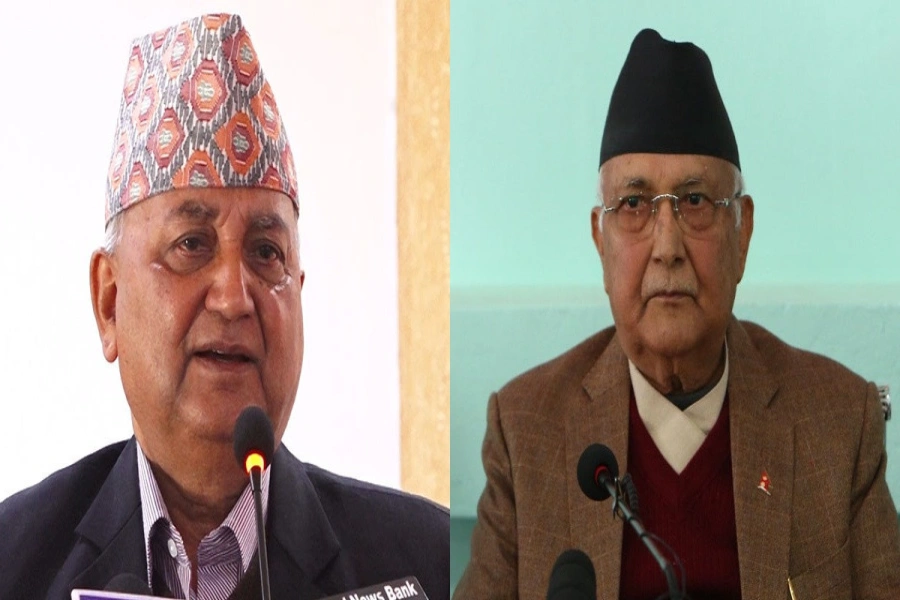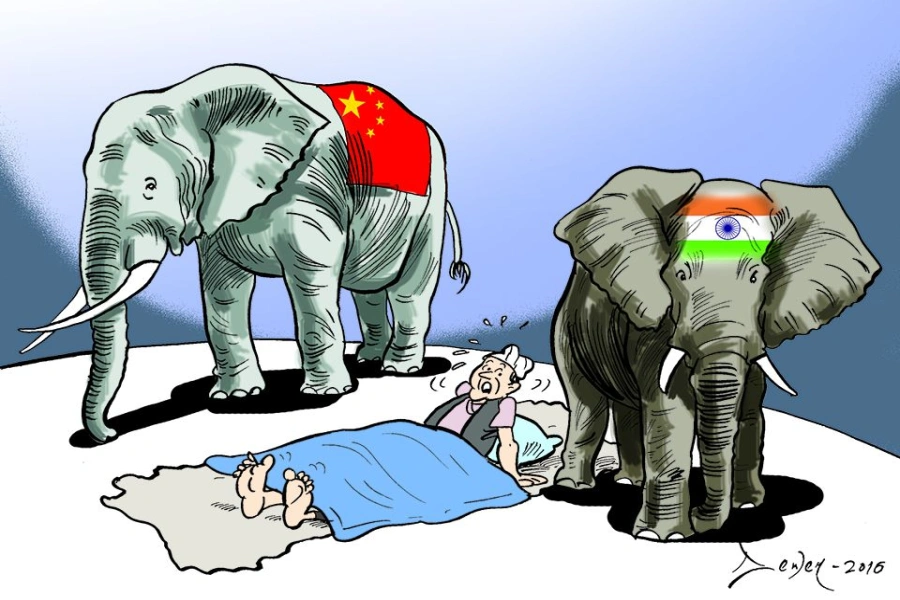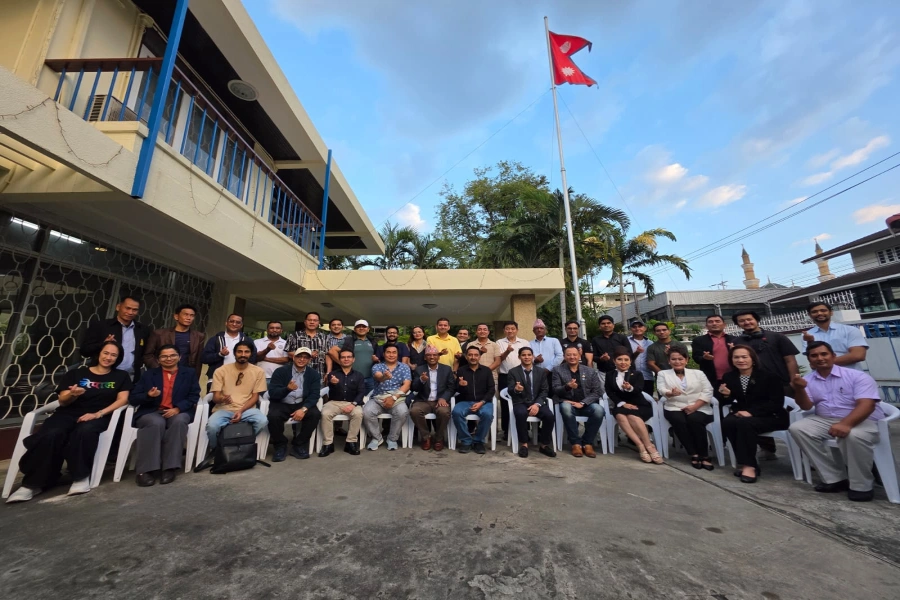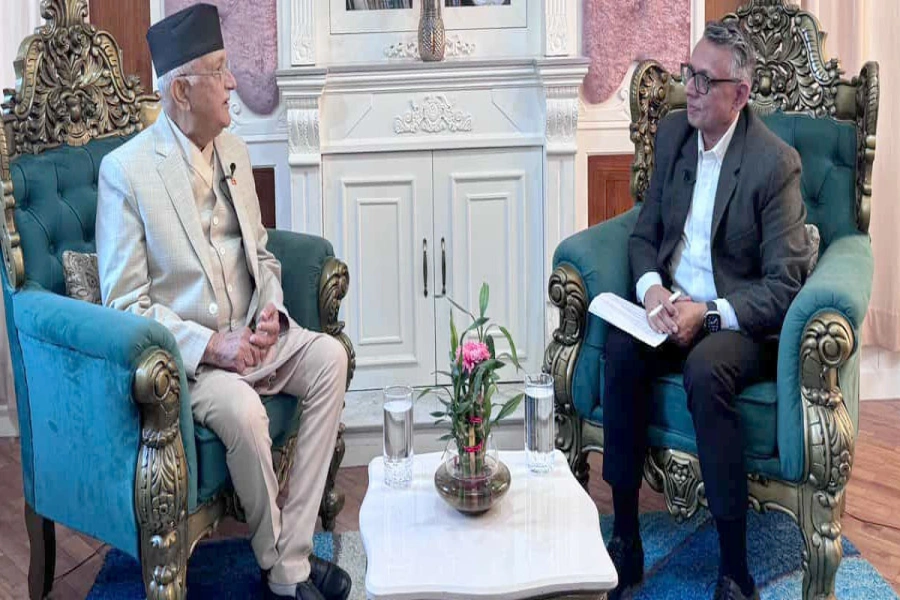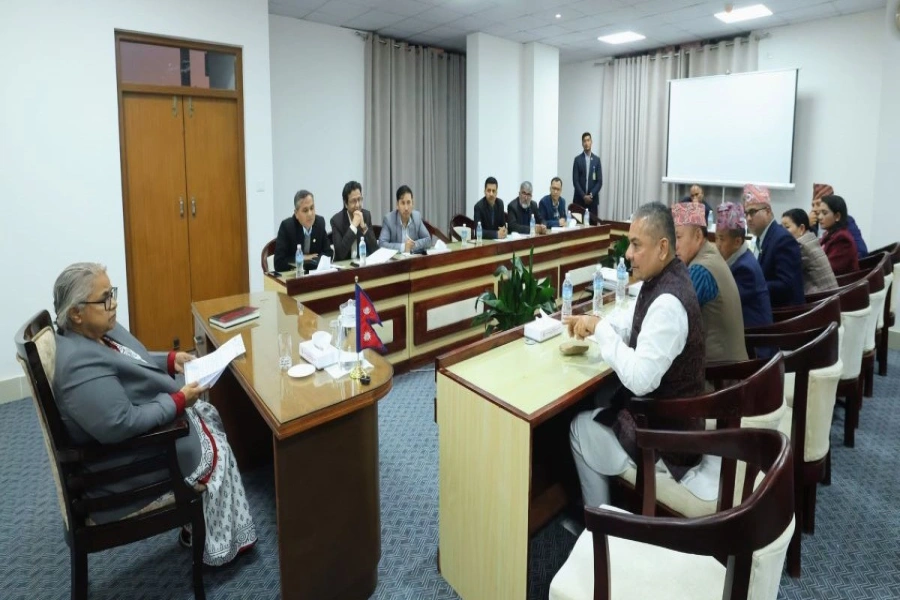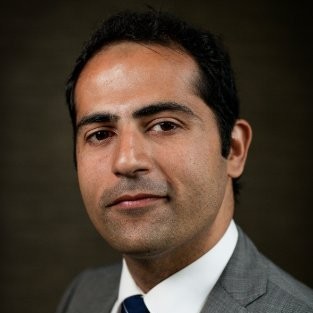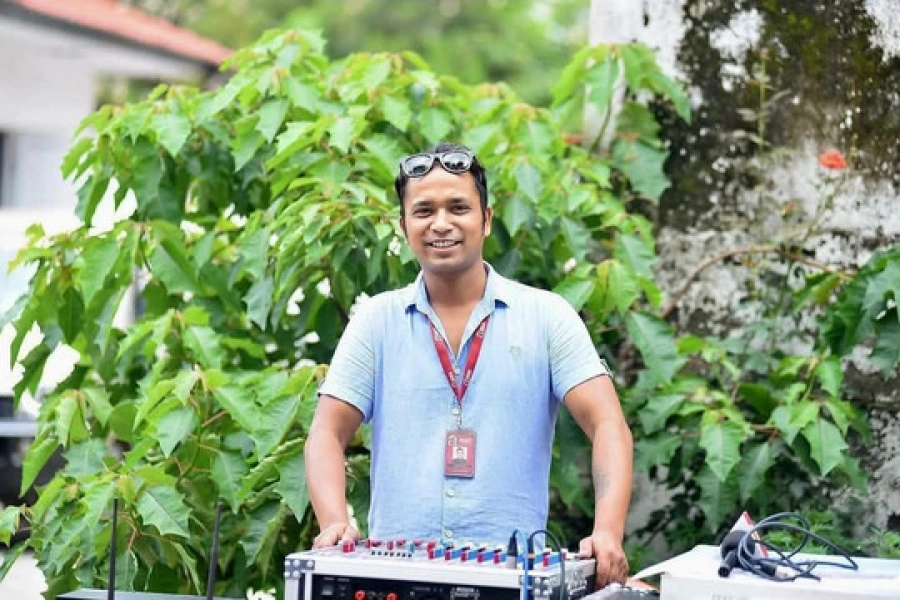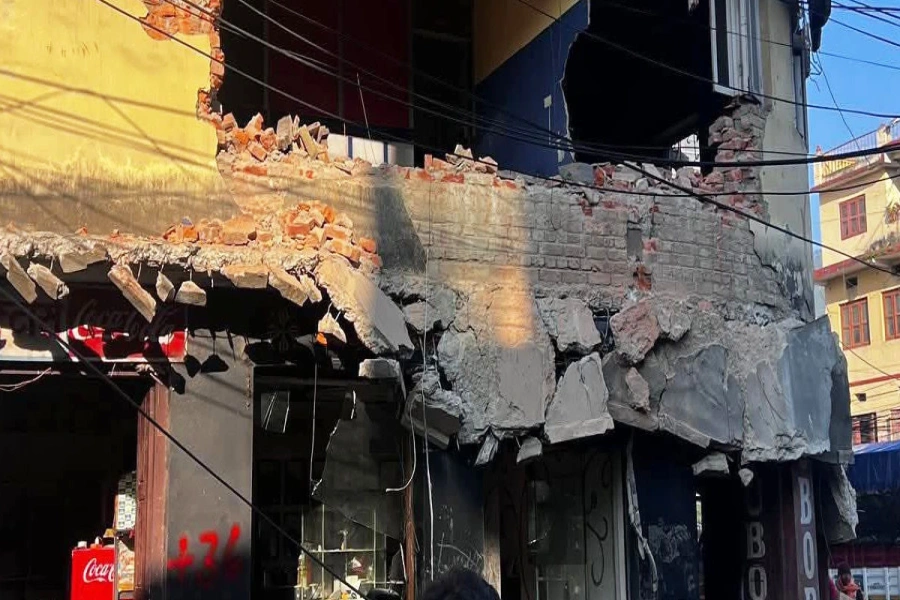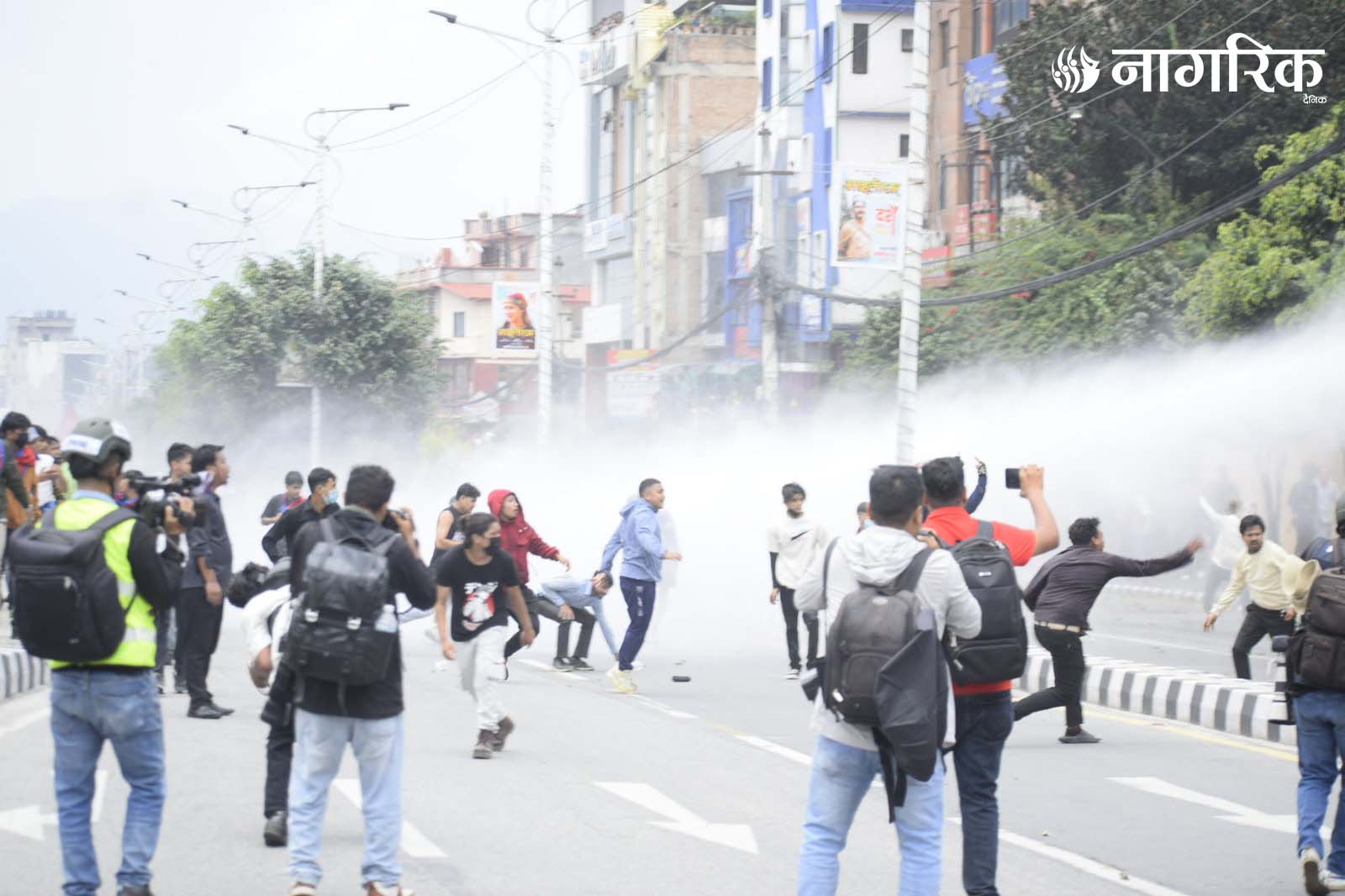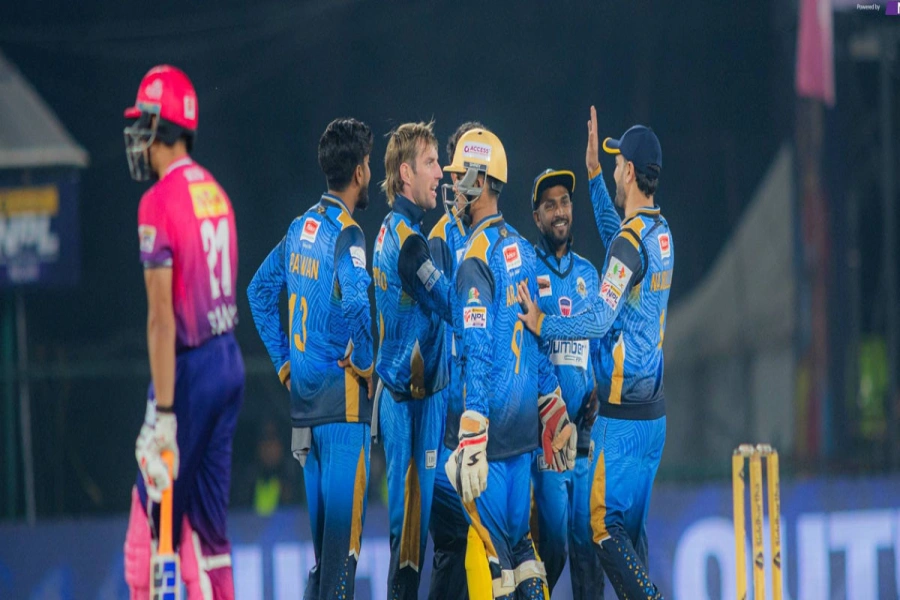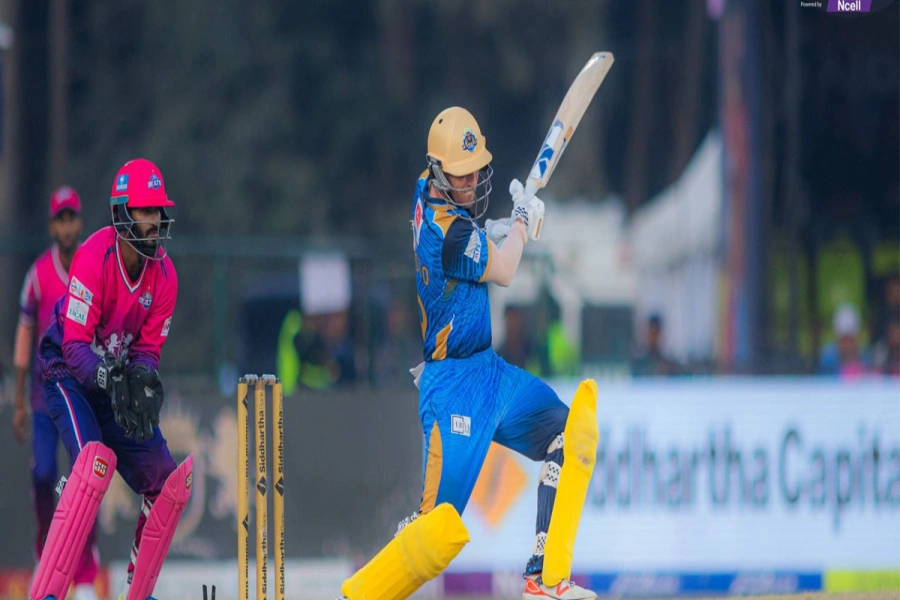JERUSALEM, Feb 15: Hamas named three Israeli hostages on Friday it will release in a weekend trade for hundreds of Palestinian prisoners, the latest sign that the shaky Gaza ceasefire deal appears to be holding in spite of a tense dispute that has threatened to renew fighting.
The three men set to be freed Saturday are Israeli-Argentinian Iair Horn, 46; Israeli-American Sagui Dekel Chen, 36; and Israeli-Russian Alexander (Sasha) Troufanov, 29. The trio were abducted from one of the hardest-hit communities in southern Israel during the Hamas-led attack on Oct. 7, 2023, that ignited the war.
Under the terms of the ceasefire, Israel is to release more than 300 Palestinian prisoners held in its jails in return for the three hostages. It will be the sixth swap since the ceasefire took effect on Jan. 19.
So far, 21 hostages and over 730 Palestinian prisoners have been freed during the first phase of the truce. But the ceasefire had appeared dangerously close to collapse in recent days.
Hamas had said it would delay the next release after accusing Israel of not adhering to their agreement by not allowing in enough shelters, medical supplies, fuel and heavy equipment for clearing rubble.
Israel has said it would resume fighting Saturday unless hostages were freed — leaving it unclear whether it meant the three hostages as scheduled in the ceasefire deal, or all remaining hostages, as U.S. President Donald Trump demanded earlier this week.
An Israeli government official on Friday confirmed Israel had received the list of hostages to be released. The official spoke on condition of anonymity because they were not authorized to brief the media.
The Hamas-linked prisoners’ information office said Friday that 369 Palestinians were set to be released from Israeli prisons in the exchange. It said 36 of those were serving life sentences.
The list includes Ahmed Barghouti, 48, a close aide to Marwan Barghouti, a militant leader and iconic Palestinian political figure. Ahmed Barghouti was sentenced to life on charges that he dispatched suicide bombers during the Second Intifada, or Palestinian uprising, in the early 2000s to carry out attacks that killed Israeli civilians. He was arrested alongside Marwan Barghouti in 2002.
Who are the hostages slated for release Saturday
More Israeli hostages freed and more Palestinian prisoners rele...

Horn, Dekel Chen and Troufanov were abducted from Kibbutz Nir Oz, where some 80 of roughly 400 residents were taken hostage during the Oct. 7 attack.
Horn was abducted along with his brother, Eitan Horn, who had been staying with him at the time. Eitan remains in captivity.
Dekel Chen had been working in the kibbutz machine shop when militants attacked. His wife, Avital, who was seven months pregnant at the time, hid in a safe room with their two daughters. Avital gave birth to their third daughter in December 2023.
Troufanov was taken hostage along with his grandmother, Irena Tati; mother, Yelena (Lena); and girlfriend, Sapir Cohen. The three women were released during a brief ceasefire in November 2023. Troufanov’s father was killed in the Oct. 7 attack.
Concern about remaining hostages’ condition
Of the 251 people abducted, 73 remain in Gaza, around half of whom are believed to be dead. Nearly all the remaining hostages are men, including Israeli soldiers.
Concern has been growing about the remaining hostages’ condition, particularly after the release of three last Saturday, who emerged looking emaciated and frail.
One of them, 65-year-old Keith Siegel, said in a video message addressed to Trump Friday that his captors had treated him worse as the 15-month war intensified, kicking him, spitting on him and holding him without water or light. The statement marked one of the first accounts of Hamas captivity from a hostage released during the ceasefire.
Siegel, originally from Chapel Hill, North Carolina, implored Trump to use his “leadership and strength” to ensure the ceasefire holds and all hostages return home.
The truce faces a much bigger challenge in the coming weeks. The deal’s first phase is set to conclude at the beginning of March, and there have not yet been substantive negotiations over the second phase, in which Hamas would release all remaining hostages in return for an end to the war.
Gaza residents worry about what’s to come
Palestinians uprooted by the war voiced fears Friday that fighting could start up again even as they struggle to secure food and living quarters.
“I’m scared the war would resume,” said Abdel Qader Saed, who was displaced from his home in northern Gaza. He spoke at a camp in the central Gaza town of Deir Al-Balah filled with tents made from torn fabric and tarps.
“I hope the situation would improve and things get calm and that equipment to remove the rubble would be brought in,” he said, “so that if any of us went back home then we would be able to set up a tent for shelter.”
Nearby, about 30 people lined up in front of a charity kitchen, holding buckets and pots to collect a share of the rice and meat being distributed. Frozen meat is now available in the market, an AP journalist confirmed.
U.N. officials said Friday that since the ceasefire began its World Food Program has provided food parcels, hot meals, bread and cash assistance to more than 860,000 Palestinians in Gaza. The group is working to set up more distribution points in the territory’s north, as displaced residents return.
“The war paused, but starvation is still ongoing,” said Um Yehia Shaheen, who fled her home in Gaza City.
“If it wasn’t for the charity kitchen we wouldn’t have been able to find an alternative for ourselves because everything is expensive and there are no humanitarian assistance coupons,” she said.
At its height, the fighting displaced 90% of Gaza’s population of 2.3 million. Hundreds of thousands have returned to their homes since the ceasefire took hold, though many have found only rubble, buried human remains and unexploded ordnance.
The war has killed over 48,000 Palestinians, mostly women and children, according to Gaza’s health Ministry, which does not say how many were fighters. Israel says it has killed over 17,000 militants, without providing evidence.
Trump’s plan raises uncertainty
Trump’s proposal to remove some 2 million Palestinians from Gaza and settle them elsewhere in the region has thrown the truce’s future into further doubt.
His plan has been welcomed by Israel’s government, but vehemently rejected by Palestinians and Arab countries which have refused to accept any influx of refugees. Human rights groups say it could amount to a war crime under international law.
Trump has proposed that once the fighting ends, Israel would transfer control of Gaza to the United States, which would then redevelop it as the “Riviera of the Middle East.”
Prime Minister Benjamin Netanyahu’s far-right allies are already calling for a resumption of the war after the first phase with the goal of destroying Hamas and implementing Trump’s plan. The militant group remains in control of the territory after surviving one of the deadliest and most destructive military campaigns in recent history.
Hamas may be unwilling to release any more hostages if it believes the war will resume. The captives are among the only bargaining chips it has left.




